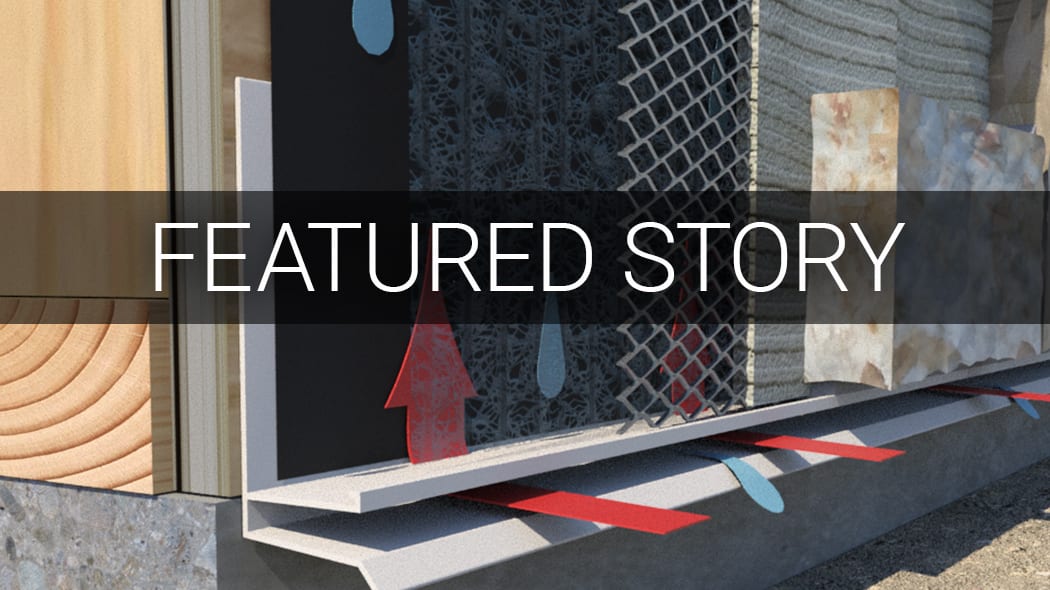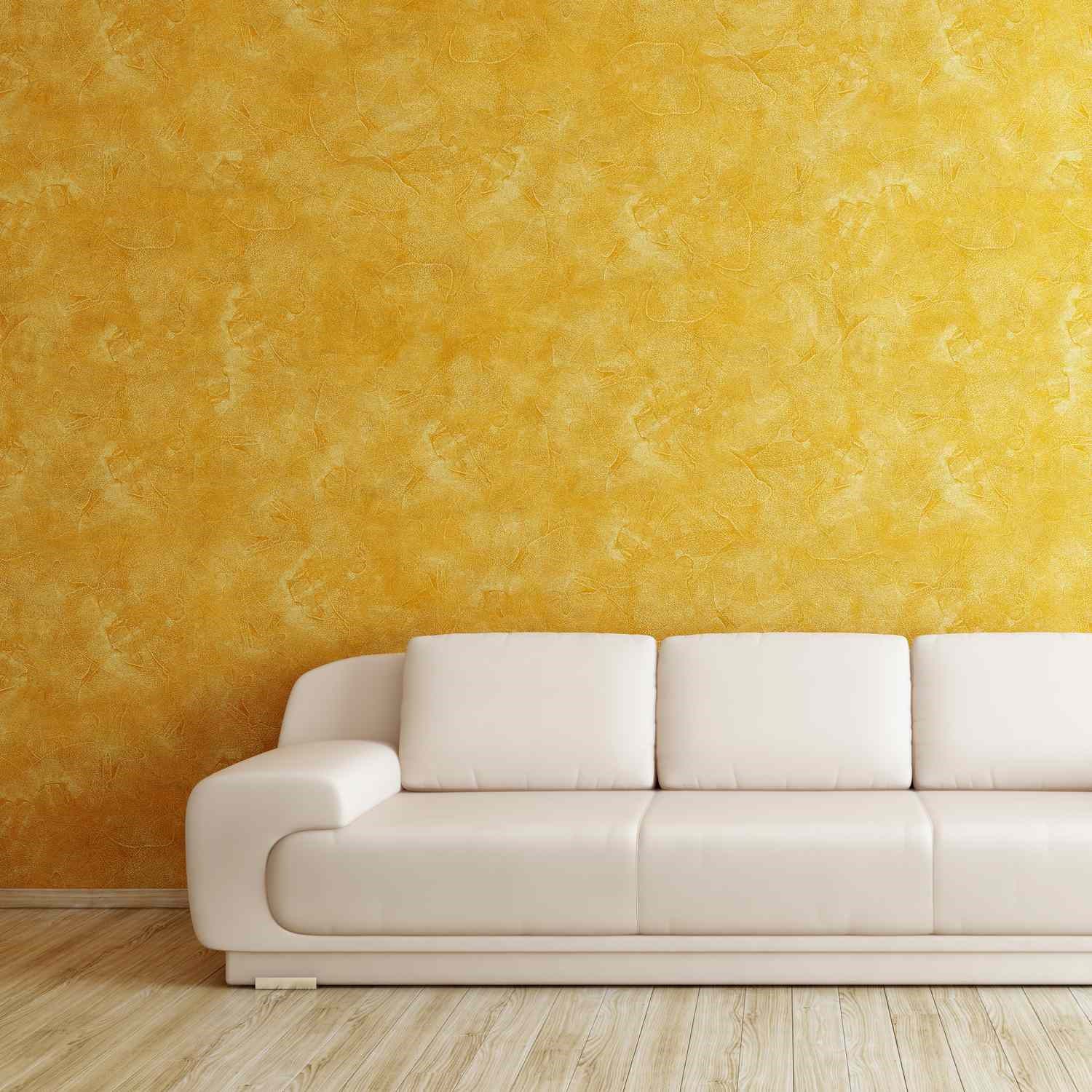
Decorative plaster finishes are rapidly gaining popularity for their aesthetic appeal, installation efficiency, and performance benefits across commercial and high-end residential projects.
Resurfacing the Market: Interior Decorative Plaster Industry Performance in 2025
xxxxx. xxx
xxxxx
xxxxxxxxx
xxxxxxxxxxxxxxx By xxxxxxxx
h2 - xxxx
h3 - xxxx
H1 headline
As the interior design and construction industries continue their quest for durability, sustainability, and aesthetic appeal, the decorative plaster segment has gained renewed attention in 2025. Riding the wave of demand for textured luxury, low-maintenance surfaces, and timeless elegance, the interior plaster market has diversified and matured, attracting designers, architects, and property developers alike.
This year, the industry’s performance has been shaped by key macro trends: environmental consciousness, a revival of artisan techniques, and the commercial sector’s demand for distinctive finishes. Across the board, the five leading segments—Acrylic Plaster, Clay Plaster, Venetian Plaster, Gypsum Plaster, and Tadelakt Plaster—each tell a unique story of growth, challenges, and future promise.

Caption - Photo Credit: ?????????
Acrylic Plaster: Performance Meets Practicality
Acrylic-based plasters have continued to be the workhorse of the industry in 2025. Popular in commercial and high-traffic interiors, this synthetic segment saw a solid 8 percent year-over-year growth, driven largely by demand in healthcare, hospitality, and institutional buildings.
The appeal lies in its flexibility, impact resistance, and color-fastness. Installers appreciate the quick cure times and user-friendly application processes—especially as spray-applied techniques continue to gain traction. In addition, new formulations with low-VOC content and anti-microbial additives have met evolving code requirements and sustainability benchmarks, making acrylic systems attractive to LEED-driven projects.
Acrylic’s versatility in textures (from smooth trowel to dramatic knockdown) keeps it competitive in both utilitarian and decorative markets. However, pricing volatility in resin raw materials, due to global supply chain constraints, has mildly tempered profit margins in Q2.
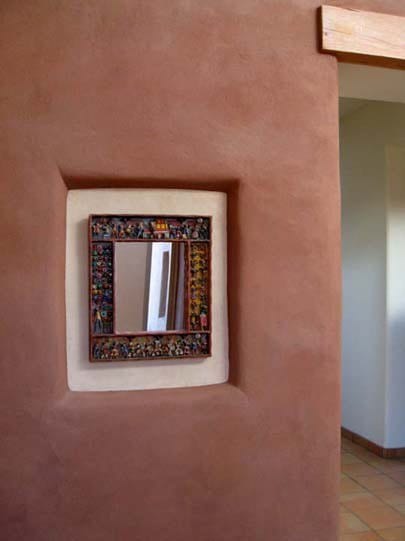
Caption - Photo Credit: ?????????
Clay Plaster: The Earthy Renaissance
Perhaps the most unexpected breakout in 2025 has been Clay Plaster, with an estimated 11 percent market growth, fueled by the biophilic design trend and expanding interest in natural interiors. With designers and end users placing increasing value on breathable, chemical-free environments, clay has stepped into the spotlight for both residential and boutique commercial interiors.
Clay finishes offer rich texture, warm tones, and a handcrafted appearance that resonates with the wellness and sustainability movements. Their moisture-regulating properties also make them appealing in passive house and eco-conscious projects.
The segment has seen growth in DIY-friendly products and workshops, enabling broader homeowner adoption. However, its labor-intensive application and relative fragility compared to acrylic or gypsum still limit large-scale commercial use. Looking ahead, innovation in hybrid formulations (clay with stabilizing additives) could expand its viability.
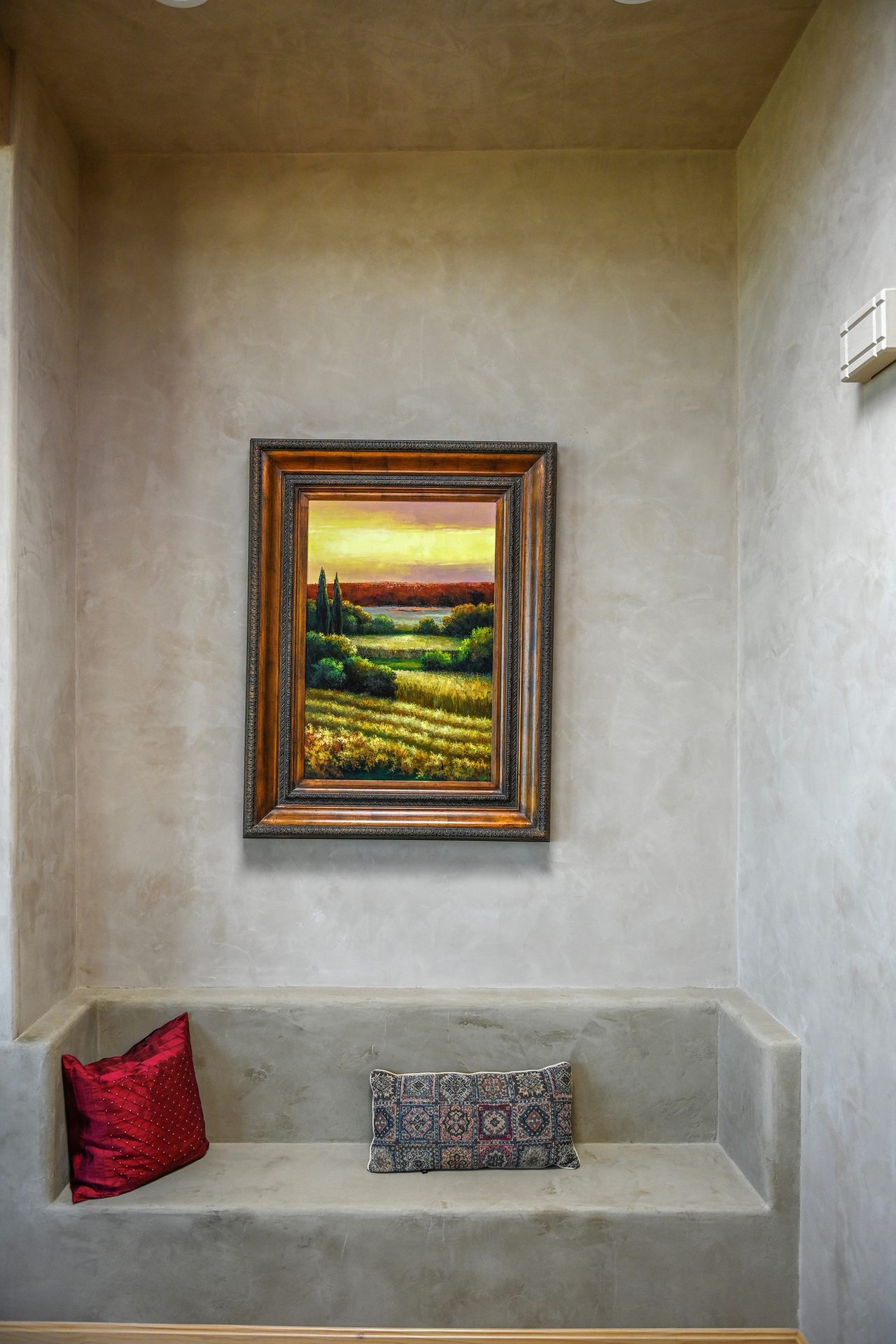
Caption - Photo Credit: ?????????
Venetian Plaster: A Luxury That Lasts
Venetian plaster continues to represent the pinnacle of old-world craftsmanship, and in 2025, it has solidified its position in luxury markets with 6 percent growth, particularly in high-end residential, hospitality, and premium retail sectors. The demand for “statement walls” with tactile elegance remains strong, and the industry has responded with expanded color palettes, polished marble effects, and customized finishes.
Despite its labor-intensive, multi-layer application, the appeal of Venetian plaster lies in its luminous depth and durability. This year, we’ve also seen increased interest in lime-based Venetian finishes for their natural mineral content and low environmental impact.
Challenges remain around the cost and availability of skilled artisans. Training programs and artisan networks have started to fill this gap, helping preserve and scale this historically significant craft. The segment’s future will likely hinge on balancing authentic artistry with modern application efficiencies.
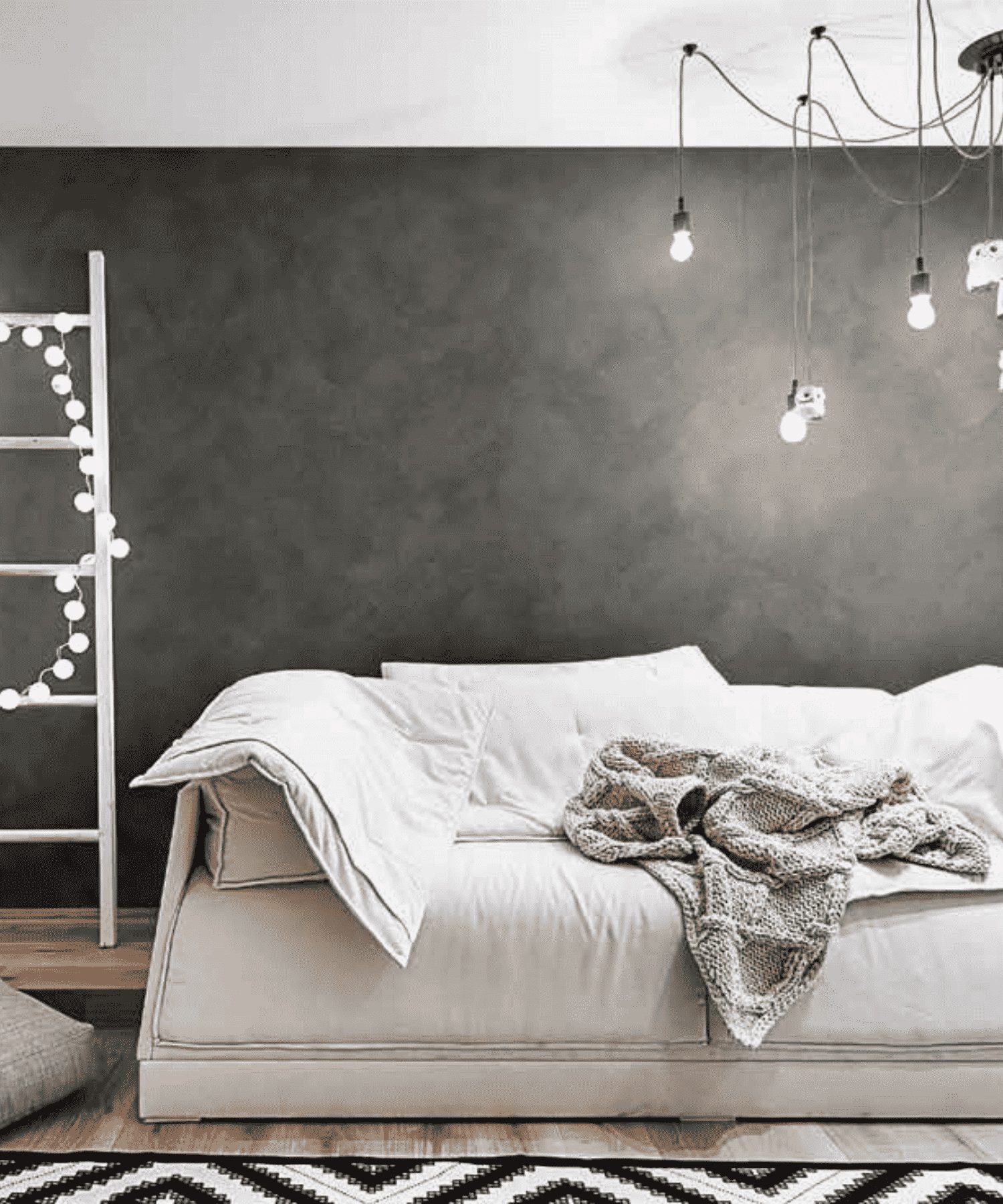
Caption - Photo Credit: ?????????
Gypsum Plaster: Steady, Strong, and Evolving
Gypsum plaster remains the backbone of the plaster industry, especially for interior base coats and fire-rated assemblies. In 2025, the segment’s performance has been stable, with a 3 to 4 percent increase in line with broader construction growth.
The appeal of gypsum lies in its ease of installation, affordability, and smooth finish capabilities. As part of standard interior wall assemblies, gypsum-based products are deeply integrated into code-compliant designs for commercial and residential buildings.
Innovation in the gypsum segment has centered around abuse-resistant formulations, faster drying cycles, and dust-reducing compounds. Pre-blended surfacers and Level 5 finishes have become more prevalent, bridging the gap between performance and aesthetics. While not typically considered “decorative” in the artisan sense, new finishing products and additives are expanding its versatility into more expressive design territories.
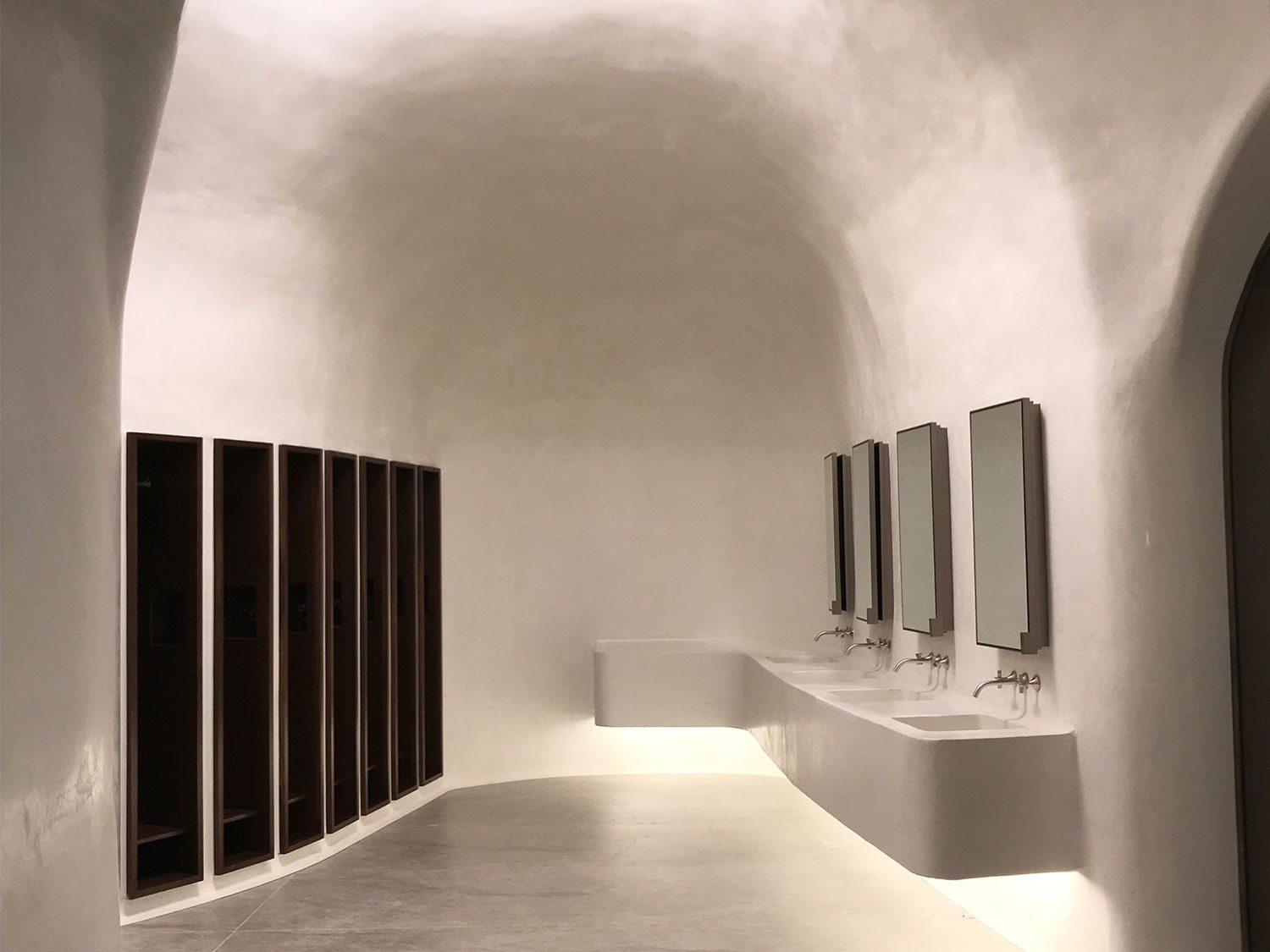
Caption - Photo Credit: ?????????
Tadelakt Plaster: The Boutique Darling
Originating from Morocco, Tadelakt plaster remains a niche but fast-growing segment, gaining 9 percent traction in 2025, primarily in luxury bathrooms, spas, and wellness-oriented spaces. Its naturally water-resistant properties and glossy, stone-like texture make it an eco-luxe alternative to tile and synthetic coatings.
The application process—requiring skilled craftsmanship, special soaps, and careful polishing—has limited its reach but also added to its allure. The tactile, seamless look of Tadelakt is now associated with artisanal quality and environmental purity, aligning well with bespoke interior architecture.
In 2025, education and training resources have expanded in the U.S. and Europe, enabling more tradespeople to enter the niche. Manufacturers and studios are also experimenting with pre-blended Tadelakt kits to simplify application without compromising authenticity.
Industry Outlook and Integration Trends
Across the decorative plaster landscape, integration between natural and synthetic materials is emerging as a central theme. Hybrid systems—combining the tactile charm of traditional plasters with the resilience of modern polymers—are gaining traction, particularly in commercial projects demanding both beauty and durability.
Another notable trend is prefabrication and panelization. Modular decorative panels with integrated plaster finishes are beginning to disrupt conventional on-site application methods, offering labor savings and consistency for large-scale interiors.
Meanwhile, digital modeling and texture visualization tools are empowering architects and designers to incorporate plaster finishes earlier in the design process, ensuring better coordination and client buy-in.
Conclusion: Material of Meaning
In a construction world increasingly shaped by sustainability, individuality, and sensory experience, decorative plaster has found renewed relevance. From the earthy tactility of clay to the mirror-like polish of Venetian marble, plaster finishes offer a story, a texture, and a feel that synthetic coatings often lack.
As 2025 continues to unfold, expect decorative plaster to play an even more central role in crafting interiors that are not only beautiful but meaningful. Whether through ancient traditions or modern innovations, the industry is proving that some of the oldest materials still hold the greatest promise.
Images courtesy of Variance Specialty Finishes.
Rob Knight is the founder of Variance Specialty Finishes and Armourtone Abuse Resistant Finishes. He brings over 35 years of experience in the commercial and residential markets with a wealth of stucco, EIFS and specialty finishing materials experience. He currently manages Knight Wall Sales and Consulting LLC.
